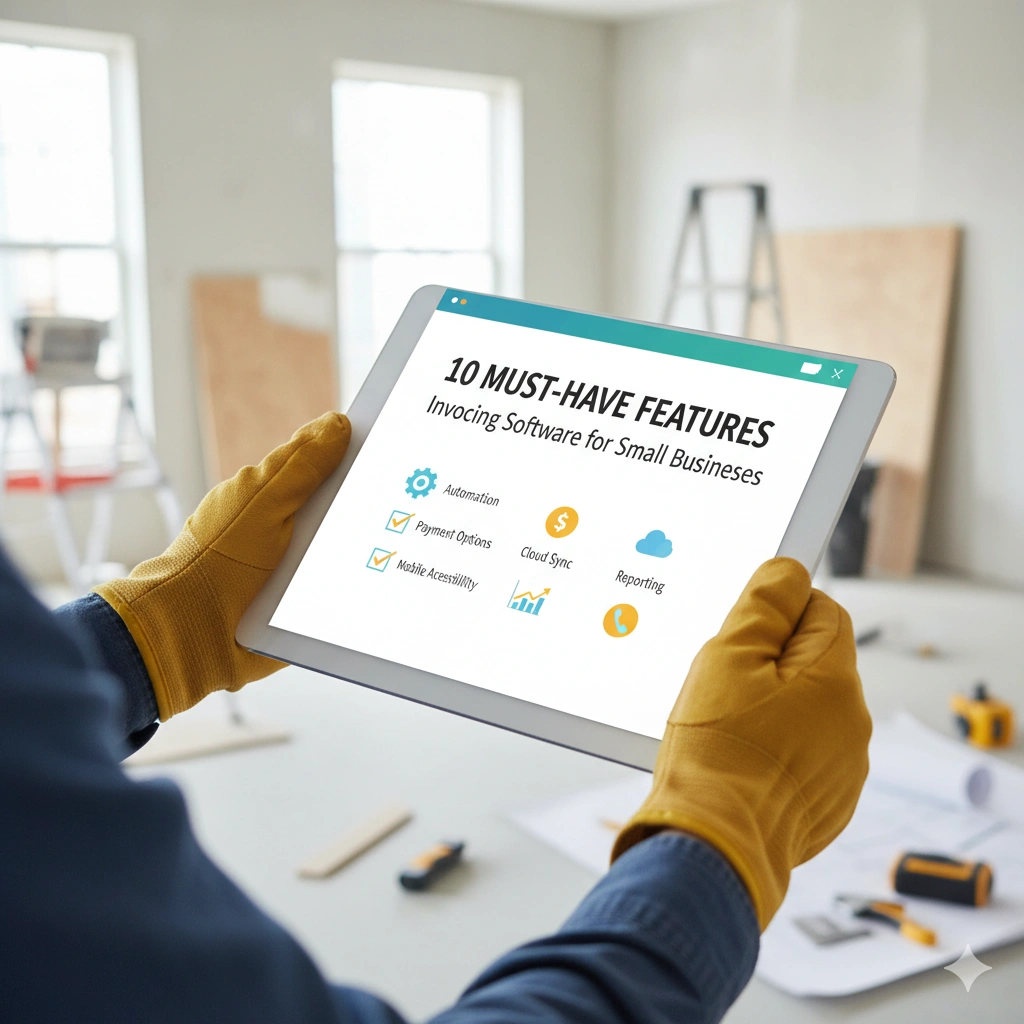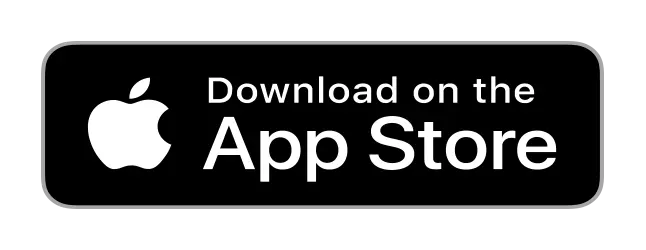
Running a small business means wearing multiple hats, and managing invoices shouldn't consume your entire day. The right invoicing software can streamline your billing process, improve cash flow, and free up time to focus on growing your business. Whether you're a freelancer, service provider, or small business owner, understanding which features matter most will help you make an informed decision.
Modern invoicing solutions go far beyond simple bill creation. They integrate with your existing workflows, automate repetitive tasks, and provide insights into your business performance. Let's explore the ten essential features that separate basic invoicing tools from comprehensive business solutions.
1. Professional Invoice Templates and Customization
Your invoices represent your brand, so they need to look professional and reflect your business identity. Quality invoicing software should offer a variety of pre-designed templates that you can customize with your logo, colors, and branding elements.
Look for software that allows you to modify invoice layouts, add custom fields, and include your business information prominently. The ability to create different template styles for various client types or services adds flexibility to your billing process.
Customization extends beyond aesthetics. You should be able to adjust payment terms, add detailed line items, include tax calculations, and incorporate your specific business requirements. This flexibility ensures your invoices contain all necessary information while maintaining a consistent, professional appearance.
2. Automated Recurring Billing
For businesses with subscription models or regular service agreements, automated recurring billing is invaluable. This feature eliminates the need to manually create and send the same invoices month after month.
Set up recurring invoices once, and the software handles the rest. You can specify billing frequencies, adjust amounts as needed, and even set end dates for contracts. This automation reduces administrative overhead and ensures consistent cash flow.
Advanced recurring billing features include proration for mid-cycle changes, automatic price adjustments, and the ability to pause or modify recurring schedules. These capabilities accommodate changing client needs without disrupting your billing workflow.
3. Multiple Payment Gateway Integration
Customers expect convenient payment options, and your invoicing software should accommodate various preferences. Integration with multiple payment gateways allows clients to pay via credit cards, bank transfers, digital wallets, and other methods.
Popular payment processors like Stripe, PayPal, and Square should integrate seamlessly with your invoicing system. This integration enables one-click payments directly from invoices, reducing friction and improving collection rates.
Consider the transaction fees associated with different payment methods and choose software that provides transparent fee structures. Some solutions offer competitive rates or negotiate better terms with payment processors, potentially saving you money on transaction costs.
4. Real-Time Payment Tracking and Notifications
Knowing when clients receive, view, and pay invoices is crucial for cash flow management. Real-time tracking provides visibility into your billing pipeline and helps identify potential collection issues early.
Look for software that sends automatic notifications when invoices are delivered, opened, or paid. This information helps you follow up appropriately and maintain positive client relationships without being overly aggressive about collections.
Advanced tracking features include read receipts, payment confirmation emails, and detailed activity logs. These insights help you understand client payment patterns and adjust your billing strategies accordingly.
5. Automated Payment Reminders
Late payments can severely impact small business cash flow. Automated payment reminders help ensure invoices don't fall through the cracks while maintaining professional client relationships.
Configure reminder sequences that send gentle nudges before due dates and escalating reminders for overdue accounts. Customize message tone and frequency to match your business style and client relationships.
Smart reminder systems consider payment history and client preferences, adjusting communication frequency accordingly. This personalized approach maintains goodwill while encouraging timely payments.
6. Comprehensive Reporting and Analytics
Data-driven insights help you make informed business decisions. Your invoicing software should provide detailed reports on revenue trends, client payment patterns, outstanding balances, and business performance metrics.
Essential reports include aging reports for accounts receivable, revenue summaries by time period, client profitability analysis, and tax preparation documents. These reports should be easily exportable for accounting purposes or further analysis.
Advanced analytics might include predictive insights, seasonal trend analysis, and performance comparisons. This information helps you identify growth opportunities and potential cash flow challenges before they become critical.
7. Client Management and Communication Tools
Effective invoicing software doubles as a client relationship management tool. Maintain detailed client profiles with contact information, billing preferences, payment history, and communication logs.
Built-in communication features allow you to send messages, share documents, and maintain conversation history directly within the platform. This centralization improves organization and ensures important information doesn't get lost in email threads.
Client portals provide customers with self-service access to their invoices, payment history, and account information. This transparency builds trust and reduces administrative inquiries, freeing up your time for other business activities.
8. Mobile Accessibility and Offline Capabilities
Small business owners are often on the go, making mobile accessibility essential. Your invoicing software should offer full functionality through mobile apps or responsive web interfaces.
Create, send, and track invoices from anywhere using your smartphone or tablet. Mobile capabilities are particularly valuable for service businesses that need to invoice clients on-site or manage billing while traveling.
Offline capabilities ensure you can continue working even without internet connectivity. The software should sync data automatically when connection is restored, preventing work loss and maintaining productivity.
9. Integration with Accounting and Business Tools
Your invoicing software shouldn't operate in isolation. Integration with accounting platforms like QuickBooks or Xero eliminates double data entry and ensures financial records stay synchronized.
Look for integrations with other business tools you use regularly, such as project management software, time tracking applications, or customer relationship management systems. These connections create seamless workflows and improve overall efficiency.
API availability allows for custom integrations if you use specialized software or have unique business requirements. This flexibility ensures your invoicing solution can adapt to your specific workflow needs.
10. Robust Security and Data Protection
Invoicing software handles sensitive financial and client information, making security a top priority. Look for solutions that implement industry-standard security measures and comply with relevant regulations.
Essential security features include data encryption, secure payment processing, regular backups, and user access controls. The software should also maintain compliance with standards like PCI DSS for payment card data protection.
Consider the vendor's security track record, data center locations, and backup procedures. Understanding how your data is protected and what happens in case of system failures helps you make an informed decision about data security.
Choosing the Right Solution for Your Business
Not every business needs every feature, so prioritize based on your specific requirements. Freelancers might focus on simplicity and mobile access, while growing service businesses may need advanced automation and integration capabilities.
Consider your current pain points and future growth plans. Software that meets today's needs but can't scale with your business may require costly transitions later. Evaluate pricing structures, including transaction fees and feature limitations at different tiers.
Take advantage of free trials to test software with real business scenarios. This hands-on experience reveals usability issues and feature gaps that aren't apparent from marketing materials alone.
Implementation Best Practices
Once you've selected invoicing software, proper implementation ensures maximum benefit. Start by importing existing client data and setting up your invoice templates with consistent branding.
Configure automated workflows gradually, testing each feature thoroughly before relying on it for critical business processes. Train team members on new procedures and establish backup plans for system outages or technical issues.
Monitor key metrics like payment times, collection rates, and administrative time savings to measure the software's impact on your business. Use this data to optimize settings and workflows for better results.
Future-Proofing Your Investment
Technology evolves rapidly, so choose software vendors committed to ongoing development and innovation. Regular updates, new feature releases, and responsive customer support indicate a solution that will grow with your business.
Consider emerging trends like artificial intelligence for predictive analytics, blockchain for payment security, and enhanced mobile capabilities. While these features may not be essential today, they could become competitive advantages tomorrow.
Evaluate the vendor's financial stability and market position. Choosing software from established companies with strong track records reduces the risk of service discontinuation or acquisition-related disruptions.
The right invoicing software transforms billing from a time-consuming chore into a streamlined business process. By focusing on these ten essential features, you'll find a solution that not only meets your current needs but supports your business growth for years to come. Remember that the best invoicing software is the one your team will actually use consistently, so prioritize usability alongside functionality when making your final decision.

